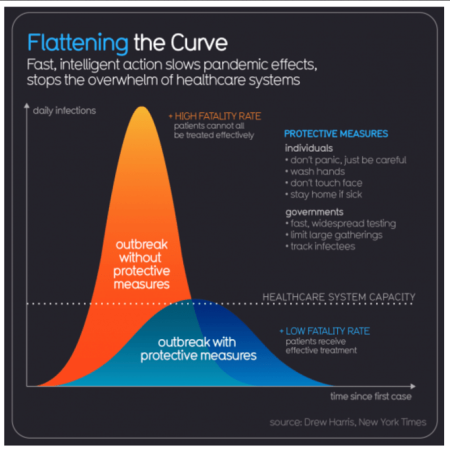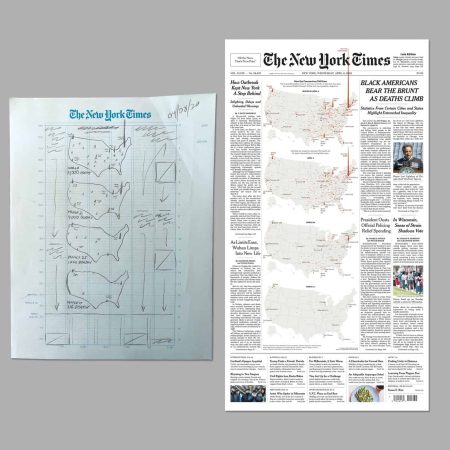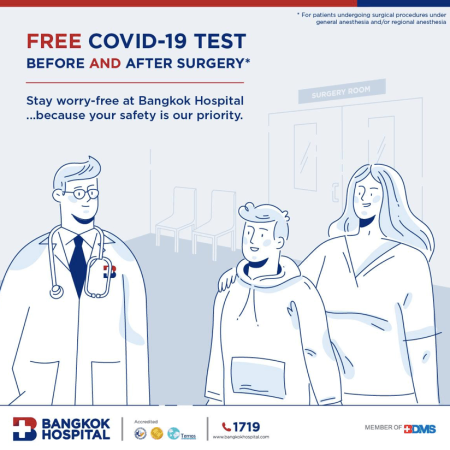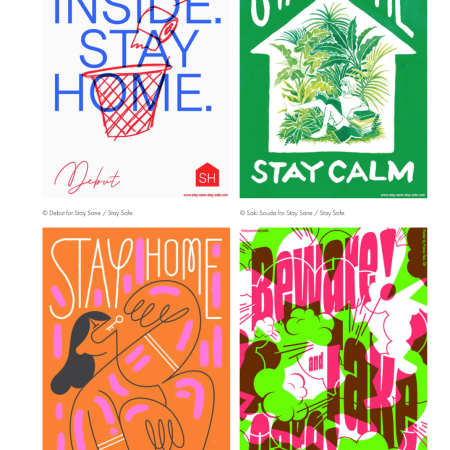Healthcare professionals, food suppliers, frontline service staff, and other essential workers around the world have been – and continue to be – the true heroes of the COVID-19 story.
But countless other “non-essential” workers are also helping to flatten the curve and keep everyone safe. These unsung heroes include graphic designers who create posters, infographics, videos, and illustrations to inform people about the coronavirus.
As a leading creative agency in Bangkok, we know just how powerful images can be. Graphic designers devote their careers to presenting complex information and ideas in a more readily accessible format. Indeed, given that viruses like COVID-19 spread more quickly among populations that are unprepared and poorly informed, it should come as little surprise that the talents of graphic designers have come to play an important role in the fight to keep the coronavirus contained.
Information is power
When the first reports of the novel coronavirus started coming out, most of us had no idea what we were in for. Many people recalled the largely overblown pandemic scares of the recent past, and figured this one would simply go away too. As the virus spread around the world, however, it became clear that this was going to be a much bigger deal than MERS, SARS, or H1N1.
But lots of us still had a dangerously cavalier attitude. “It’s only a problem for old people,” many young and healthy people thought. “I’ll be fine and, besides, there’s nothing I can do about it.”
Of course, this wasn’t true. So, scientists, journalists, and politicians started talking about “flattening the curve”. But that was a pretty abstract concept … until infographics like this one started popping up everywhere:

While we don’t know the exact impact of this image and others like it, one thing seems certain: It literally saved lives. All of sudden, people had a clear understanding of how their individual actions could affect everyone. Naturally, most people started to change their behavior accordingly.
Major news outlets have also relied heavily on visual storytelling to inform the public about COVID-19. For example, graphic designers at The New York Times found an ingenious way to show the extent of the outbreak in their home city:

The four maps of the US show how quickly COVID-19 deaths increased between March 17th and April 6th. The red spike that represents the total deaths in New York City by April 6th pierces The New York Times logo – the first time in the paper’s history that a graphic crossed into the name plate. Anyone who saw this cover immediately understood the seriousness of the situation in New York City.
Graphic designers also worked with governments to make informative posters:
Others still performed similar work at the request of healthcare providers. For example, Bangkok Hospital uses infographics on their website and social media channels to offer health tips and inform the public about their services.

Staying close, in a time of social distancing
Aside from providing valuable information directly related to the health implications of COVID-19, graphic design has also helped people through self-isolation.
Dutch design studio Lennarts & de Bruijn teamed up with Overdeschreef to launch the Stay Sane / Stay Safe project, which encourages creatives from around the globe to design posters on the theme of safety and mental health during COVID-19.
The project aims to spread educational and supportive messages during these challenging times. People can also show their love and appreciation for frontline healthcare workers by printing the designs as postcards and sending them to staff at hospitals.

The project has received 841 contributions from over 70 countries. Creatives from all backgrounds and walks of life have come together to participate.
We could all use a greater sense of connection right now, and it’s inspiring to see graphic designers putting their skills to work towards that end.
If your brand’s products or services can help people in these challenging times, visual storytelling is one of the most powerful ways to get the word out. If you’re unsure about how to proceed, let our creative agency in Bangkok bring your messaging to life.